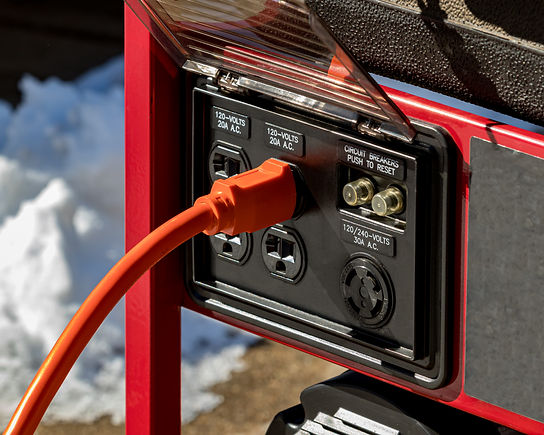
Back Up Power
In the midst of a catastrophic event, our environment can drastically change. This can affect our homes and its’ utilities. Our electricity sizzles out, the water stops mid-shower, and the minimal ways to connect with our loved ones to ensure they’re safe will be stressful. To prepare for such incidents, take a look at the lists of back up power and heat sources.
Emergency lighting:
-
Battery-Powered Flashlights or Lanterns
-
Head Lamps
-
Cellular Phones + Wireless Charging Station
Power Sources:
-
Backup (home or portable) Power Generators
-
Solar Panels with a Battery/Grid System
-
Car Chargers (including a battery charger)
Note: choose a generator that has enough wattage to power your individual needs. For example, a refrigerator will take up to 800 watts of power, while powering your central AC will require 2,000-4,000 watts. Refer to your appliance and system manuals to get a more accurate measure of wattage for your home. Keep in mind that a standard single-family home may need more wattage than an apartment or townhome.
Clothing:
-
Head covering (hats, caps, scarves, & ear coverings)
-
Cotton shirts
-
Waterproof coat and thermal underwear
-
Socks, gloves, and undergarments
-
Emergency/Space Blankets
